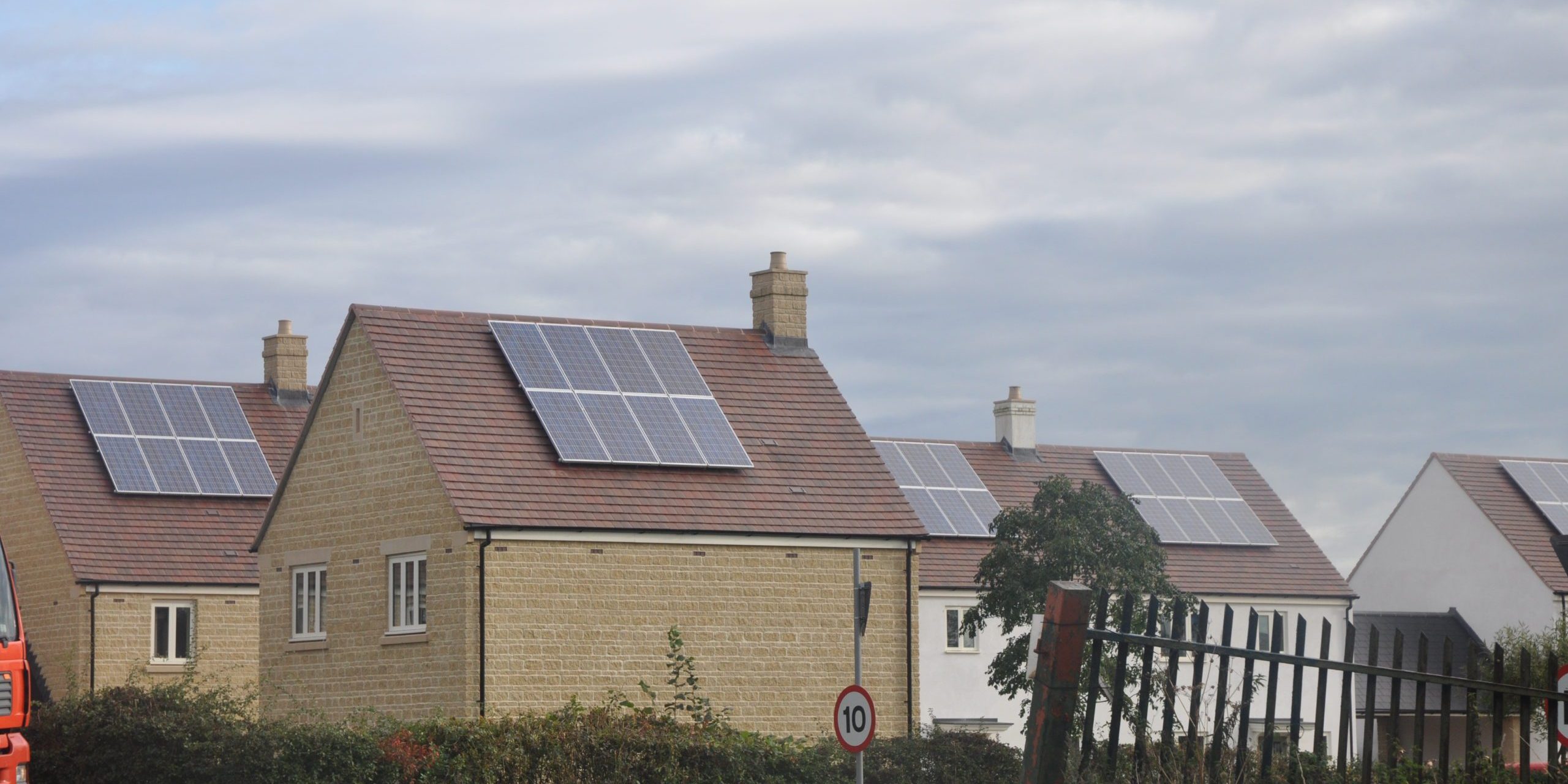Solar Energy has a place on roofs, not valuable open fields

18th May 2023
South Oxfordshire Councillors have recently recognised that in the near future solar energy may be made redundant by more efficient renewable energy sources which are “on” all the time, rather than only when the sun shines.
They are right, not least with South Oxfordshire’s own fusion laboratory working hard at Culham to develop reliable and waste free nuclear energy, which could satisfy our renewable needs far more effectively and efficiently than any existing technologies.
Helen Marshall, Director of CPRE Oxfordshire said:
“Whilst there may be a current trend for solar energy, this is no time to be blighting open fields, wildlife, precious landscapes, and land capable of meeting our need for food production with ground mounted solar farms when there is no need to do so; there is more than enough space on Oxfordshire’s roofs to meet more than all our solar energy requirements as defined in the Pathways to Zero Carbon Oxfordshire report adopted by all our Local Councils.”
CPRE Oxfordshire say that any further decisions regarding land-based solar farms should be suspended until the Local Area Energy Plan is agreed, taking into account future scientific advances and allocation of land for renewable energy now. The Local Area Energy Plan must follow through on its support for “a collective purchasing approach that supports the widespread deployment of rooftop solar” by in principle confining solar energy to roof mounted installation – both domestic and commercial – and upgrading the grid and associated infrastructure.
As things stand, an updated map created by CPRE Oxfordshire shows the cumulative impact of solar farm sites on open land across the county. Just one site, Botley West, could account for half of the development, becoming the largest solar farm in the UK. Overall, the total amount of Oxfordshire land proposed to be developed as solar farms could be up to 2,800 hectares – three times the size of Abingdon. There is space on the roofs of Abingdon and across the County to accommodate it all without harming a single green field or damaging our vital food production.
